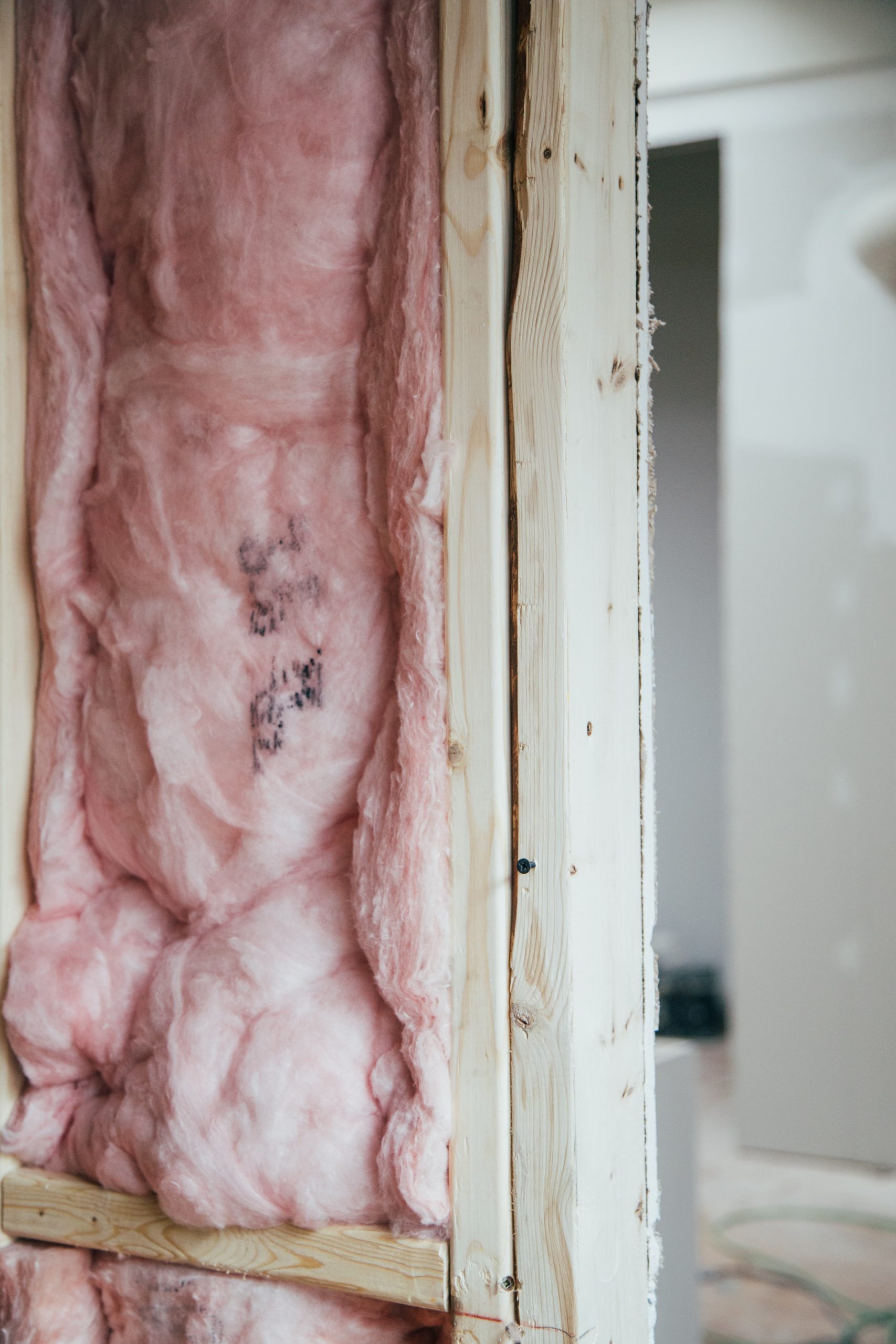Insulation
Why insulate your home?
On average a home loses between 20-30% of its heat through the walls and up to 30% through the roof of the building. There are many simple, yet effective ways to insulate your home. A well-insulated home will reduce your carbon emissions, heat loss, and heating bills. Making your home more comfortable and affordable to heat throughout the year.
FAQ’s

Attic Insulation
Attic/rafter insulation is often the most cost-effective of any energy efficiency upgrade which can be made to a home. Even if your home has insulation in your attic, you may still be losing heat if there is not enough insulation if it is damaged or if it is not correctly installed.
Insulation materials used are semi-rigid insulation boards as well as glass mineral fibre. The amount of insulation required will depend on the depth of the joists or rafters and should be discussed with a contractor.
The effectiveness of an insulating material is measured using a ‘U-value’ – this measures how much heat is conducted through a material and how much heat passes through your home. Correctly installed insulation will have a low U-value meaning small amounts of heat can pass through keeping your home warmer for longer.
The current standard for Attic insulation is 300mm of rockwool or equivalent.
Wall Insulation
The first step when considering wall insulation is to establish the wall type of your home. There are three main wall types: cavity walls, solid walls and hollow brick walls.
A suitably qualified building contractor will be able to assist you in determining the wall type of your home.
Cavity wall insulation
Cavity wall insulation is a cost-effective method of wall insulation. A cavity wall is made up of two rows of bricks or concrete blocks with a cavity or ‘space’ between them. Many cavity walls can be insulated by injecting insulating material into this cavity from the outside.
To insulate your cavity walls, an installer will drill small holes around 22mm in size at intervals around 1m on the outside wall of your home. Insulation material normally mineral wool or polystyrene beads will be blown into the cavity until the cavity is filled. Once all the insulation is in place, the installer will fill the holes to match the brickwork.
Solid wall insulation
Solid walls have no gap between them and so they cannot be filled with cavity wall insulation. Solid walls can still be insulated and can be insulated through internal or external insulation.
Internal Insulation
Internal insulation is also known as ‘dry lining’, it involves fixing multiple insulation boards, a vapour barrier and plasterboard to the inner surfaces of your external walls.
External Insulation
External wall insulation is the best way to insulate your walls. External wall insulation involves fixing insulation materials such as mineral wool or polystyrene slabs to the outer surface of the wall. The insulation is then covered with a special type of render (plasterwork) to provide weather resistance and a steel of fibreglass mesh is embedded to provide strength and impact resistance. The finish can be smooth, textured, painted, tiled, panelled, pebble-dashed or finished with brick slips.
Floor Insulation
A home can lose up to 10% of its heat through the floors. Similar to your attic and walls, floors can also be insulated to reduce heat loss.
Insulating the ground floor of your home is an excellent way to keep your home warm. However, floor insulation may not be possible in all homes as this is dependent on the type of floor construction.
Individual homes should be considered with an installer to decide if floor insulation is suitable for your home. Floor insulation is not covered by the SEAI Home Energy Grants Programme.
How do I know if my home has insulation?
To find out if your property is insulated you can ask a registered installer for a borescope inspection. The contractor will drill a small hole in the external wall of your home to determine if the walls are hollow or filled.
It is important to choose the best insulation type for your home – a contractor can do this for you.
Can I get a grant for insulation?
The SEAI Home Energy Grants Programme – offers grants to eligible homeowners to improve the insulation of their home. The grant programme is open to all homeowners, including landlords, whose homes were built and occupied before 2011. For further details including the amount of grant support you may be eligible for click here.
